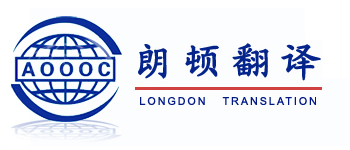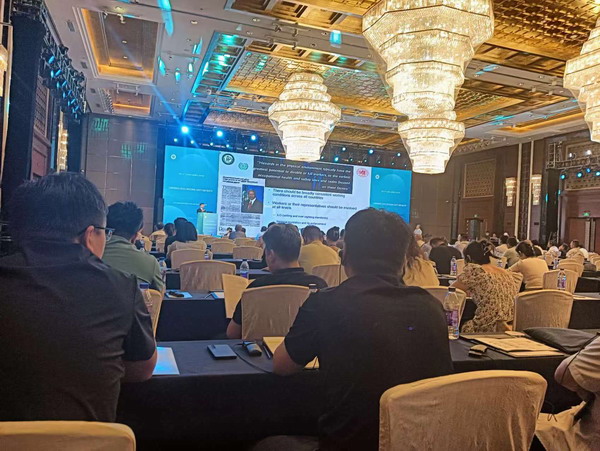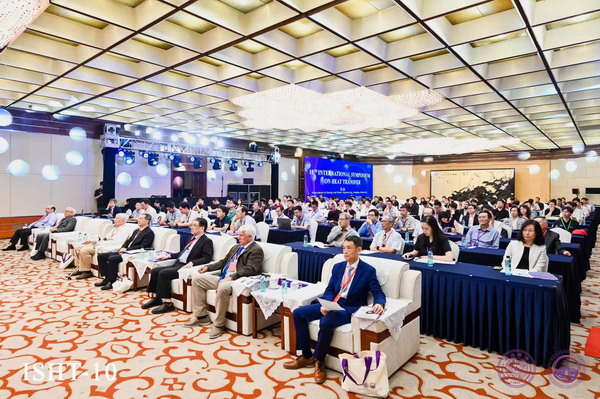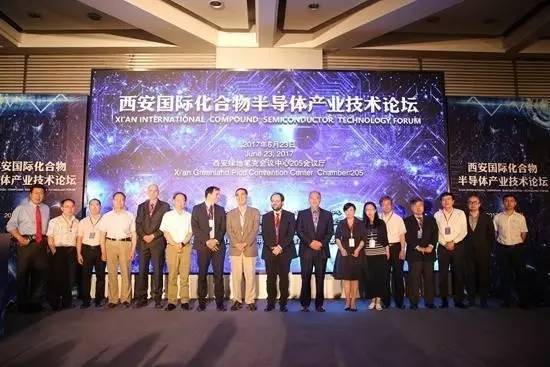The current best prediction is 1 April (no, this is not an April Fool’s joke).
目前最有力的預(yù)測是4月1日(這可不是愚人節(jié)玩笑)。
But again, because of its speed, it could be at least a day either side of that.
但是,因為天宮一號在燒毀時處于高速運轉(zhuǎn)中,也可能是4月1日的前后兩天。
The Aerospace Corporation, a nonprofit organization in the United States, estimated that the re-entry of Tiangong I would occur over Spain, France or Portugal, though an exact location is still hard to pinpoint.
美國非營利組織航空航天公司估計天宮一號可能在西班牙、法國或葡萄牙境內(nèi)墜落,但是具體的地點難以確定。
No. The chances of being hit by part of the space station are basically zero.
沒必要。被天宮一號的殘片擊中的可能性幾乎為零。
In terms of size, Tiangong-1 is only the 50th largest spacecraft to come down, and there have been no recorded deaths or injuries from people being struck by debris from any of them.
在燒毀的航天器里面,天宮一號的體積僅排在第50位,而此前沒有任何記錄顯示有人被燒毀的航天器碎片擊中并導(dǎo)致傷亡。
However, a highly toxic and corrosive substance called hydrazine, which is often used in creating potent rocket fuel, can potentially survive re-entry.
然而,墜落過程中可能有一種名為聯(lián)氨的劇毒腐蝕性物質(zhì)會殘留在碎片上,這種物質(zhì)常被用來制造火箭推進劑。
"For your safety, do not touch any debris you may find on the ground or inhale vapors it may emit," an online statement released by the space agency said.
國家航天局發(fā)布的網(wǎng)上公告稱:“為了安全起見,請不要觸碰地上的航天器碎片,也不要吸入碎片散發(fā)的氣體。”
It was launched unmanned but was designed to be habitable, to test docking with other craft, and to be used for conducting experiments.
天宮一號發(fā)射的時候沒有載人,但是設(shè)計初衷是可載人的,用來測試與其他飛船對接并進行一系列實驗。
Tiangong I had completed six space rendezvous and docking missions with three visiting spacecraft. The first visit was by an unmanned spacecraft called Shenzhou VIII in November 2011, as part of China's first space docking mission.
天宮一號已經(jīng)完成了6次空間交會,并和3艘飛船實現(xiàn)了對接。第一次對接是在2011年11月與神舟八號無人飛船對接,這也是中國首次太空對接任務(wù)的一部分。
The second and third missions were both manned: Shenzhou IX in June 2012 and Shenzhou X in June 2013. Both manned missions had three astronauts and lasted about two weeks, during which the astronauts tested the station's various systems and living conditions.
第二次和第三次對接任務(wù)都是載人交會對接任務(wù),分別是在2012年6月與神舟九號對接,以及在2013年6月與神舟十號對接。兩次載人航天任務(wù)都有三名宇航員,時間持續(xù)約兩周,在這期間航天員測試了空間站的各個系統(tǒng)和生存條件。




